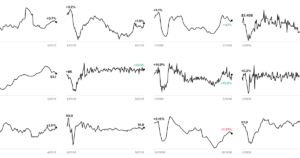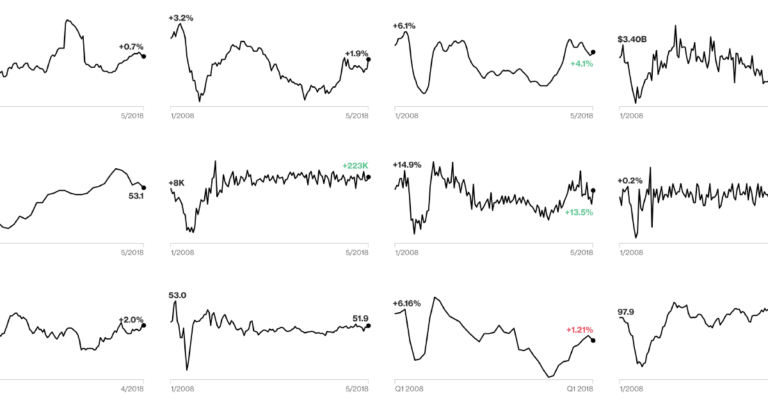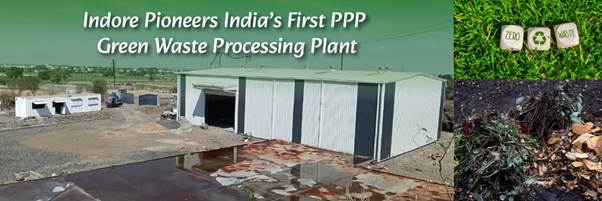Introduction
The early years of a child’s life are filled with incredible growth and development. From the moment of conception to the age of five, children undergo a remarkable transformation, transitioning from a tiny fetus into an independent and curious toddler. This article explores the key milestones and stages in the timeline of a child’s development during these crucial years, shedding light on the wonders of human growth and potential.
I. Fetus (0-8 Weeks)
The journey of development begins within the mother’s womb. From the moment of conception, the fertilized egg starts dividing rapidly, forming a blastocyst that eventually implants itself into the uterine wall. Over the next several weeks, the embryo transforms into a fetus. During this period, the foundation for all the body’s systems is laid, and the tiny human’s heartbeat can be detected at around six weeks.
II. Baby (0-12 Months)
The arrival of a baby marks the beginning of an extraordinary chapter in a parent’s life. The first year is characterized by rapid and dramatic changes as the baby adapts to the outside world. Here are some crucial stages during this phase:
- Newborn (0-2 Months): Newborns are entirely dependent on their caregivers for everything. They spend most of their time sleeping, eating, and developing their senses. They begin to make eye contact and respond to human voices.
- Infancy (3-6 Months): Infants gradually gain control of their neck muscles, enabling them to hold their heads upright. They start to grasp objects and may roll over. Babbling and laughter become more prominent as they communicate through sounds.
- Crawling and Sitting (7-9 Months): By the seventh month, babies start to crawl, allowing them to explore their environment more actively. They can sit without support and may even pull themselves up on furniture.
- First Steps (10-12 Months): Around the first birthday, most babies take their first steps with support, preparing to transition into toddlerhood. They develop a basic understanding of words and gestures and may even say a few simple words.
III. Toddler (1-3 Years)
The toddler stage is a time of rapid growth and exploration. Children at this age are known for their boundless energy and insatiable curiosity. Key milestones during this period include:
- Walking and Running: Toddlers become more confident walkers and may even start running, which allows them to explore their surroundings more actively.
- Language Development: Language skills improve significantly during this period. Toddlers learn new words every day and begin forming simple sentences, expressing their wants and needs more effectively.
- Independence: As toddlers grow, they strive for independence. They want to feed themselves, dress independently, and show a desire to do things “all by themselves.”
- Socialization: Toddlers start to interact with other children and develop social skills. They may engage in parallel play, playing alongside but not directly with their peers.
IV. Preschooler (3-5 Years)
As children approach their preschool years, they become more curious and imaginative. This phase is crucial for cognitive, emotional, and social development. Some key features of this stage are:
- Cognitive Development: Preschoolers’ cognitive abilities expand rapidly. They show an interest in letters, numbers, and problem-solving activities. Their memory improves, and they start understanding cause-and-effect relationships.
- Pretend Play: Imaginative play becomes a significant part of a preschooler’s day. They enjoy role-playing, pretending to be different characters, and engaging in creative scenarios.
- Fine Motor Skills: Hand-eye coordination and fine motor skills improve during this time, allowing preschoolers to draw, color, and use scissors more proficiently.
- Social Skills: Preschoolers begin to engage in more cooperative play with their peers. They learn to share, take turns, and empathize with others’ feelings.
Conclusion
The journey of human development from fetus to five years is awe-inspiring. Each stage brings unique challenges and joys, and it is during this time that a child’s personality, abilities, and potential begin to take shape. As parents and caregivers, understanding these milestones can help us provide the right support and stimulation to nurture our children’s growth. Celebrating each achievement, no matter how small, allows us to cherish the miraculous journey of development that defines early childhood.
















